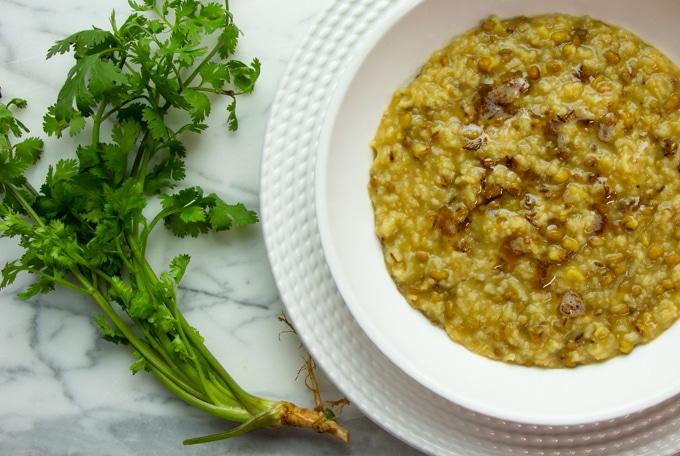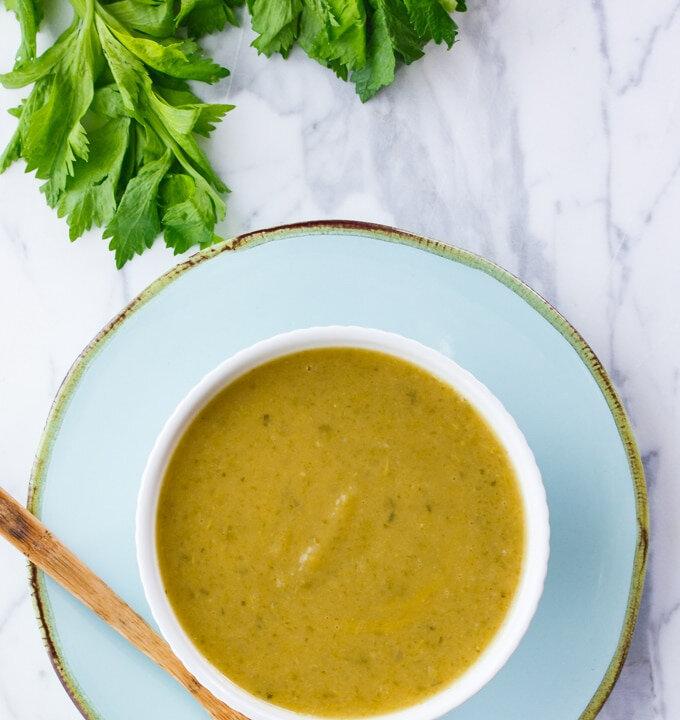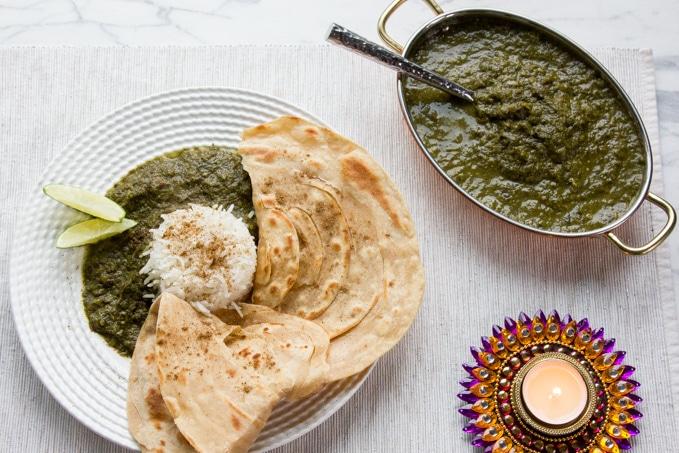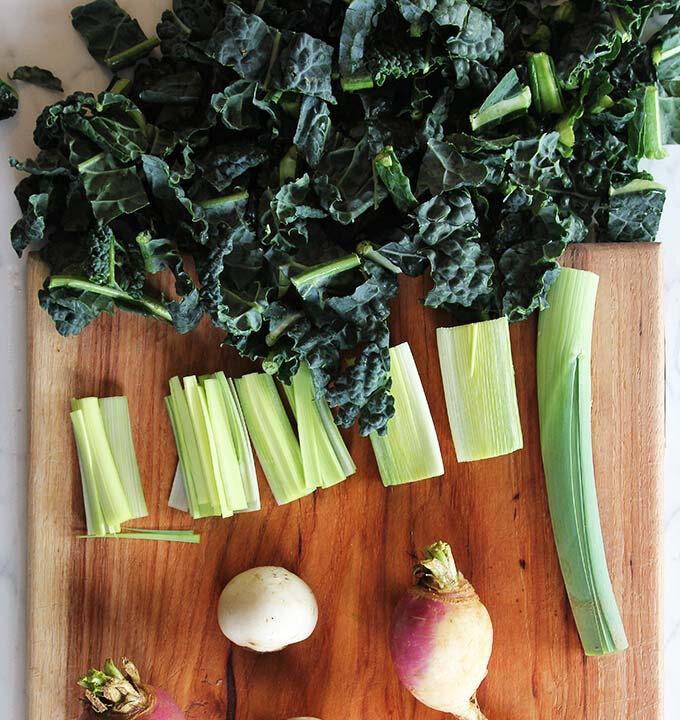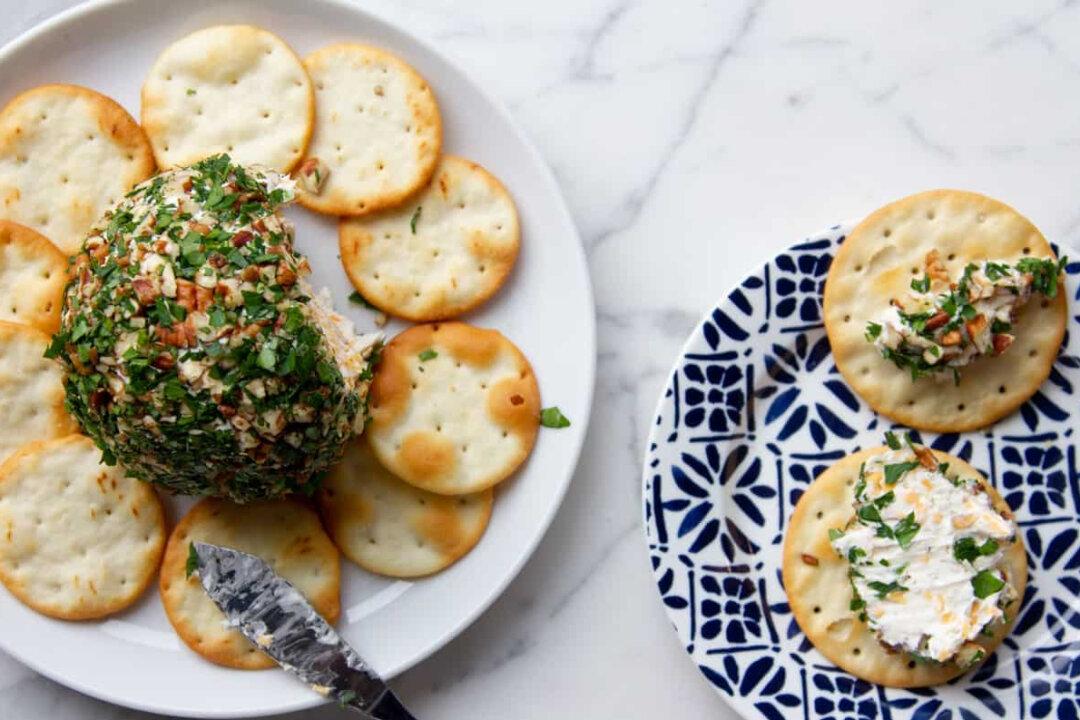The whole of India was in an uproar several years ago after the cabinet minister in charge of food processing suggested that khichdi be declared India’s national dish.
It happened during a charity event where celebrity chef and entrepreneur Sanjeev Kapoor cooked up 800 kilograms of khichdi to demonstrate India’s food processing prowess on the global stage.

